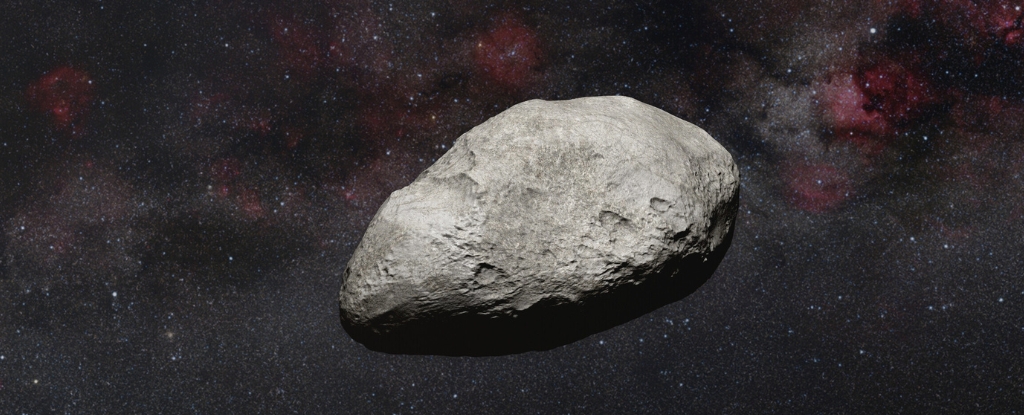The Moon is not the only object orbiting Earth; there are a small number of quasi-satellites that do as well. Kamo’oalewa is a near-Earth asteroid that was discovered in 2016, and it is one of these quasi-satellites. Its orbit changes over time, but it always stays near Earth. It reflects light the same way the Moon does, which points to its origins.
Co-orbital Objects
Co-orbital objects are small bodies in the Solar System that do not follow heliocentric orbits. Due to orbital resonances, they can share the orbit of a massive planet. The two types that are important in this research are horseshoe and retrograde satellite/quasi-satellite. Earth has 21 co-orbital objects, but Kamo’oalewa is different from the other quasi-satellites.
The Lunar-Ejecta Origin Hypothesis
A new study examines Kamo’oalewa’s orbit to determine if it could be ejecta from the Moon. The study modeled particles ejected from the Moon by collisions. Most of the particles leave the vicinity of the Earth and its Moon and transition into orbits around the Sun. But some do not enter heliocentric orbits and take up orbits similar to Kamo’oalewa’s orbit. The simulations show that Kamo’oalewa need not have begun its journey with its larger inclination compared to other particles.
Proving Kamo’oalewa’s Origin
If scientists can prove that Kamo’oalewa is a chunk of the Moon, it opens up some intriguing possibilities. It would be the first one, and it would be of great interest for cosmochemical study as a sample of ancient lunar material. There are some proposals for missions to Kamo’oalewa, but they may be modest.
Kamo’oalewa is a small asteroid that is possibly a chunk of the Moon. Its orbit is highly elliptical, and it is called a quasi-satellite because the Sun exerts more pull on it than Earth does. The simulations show that Kamo’oalewa need not have begun its journey with its larger inclination compared to other particles. If scientists can prove that Kamo’oalewa is a chunk of the Moon, it would be of great interest for cosmochemical study as a sample of ancient lunar material.



Leave a Reply